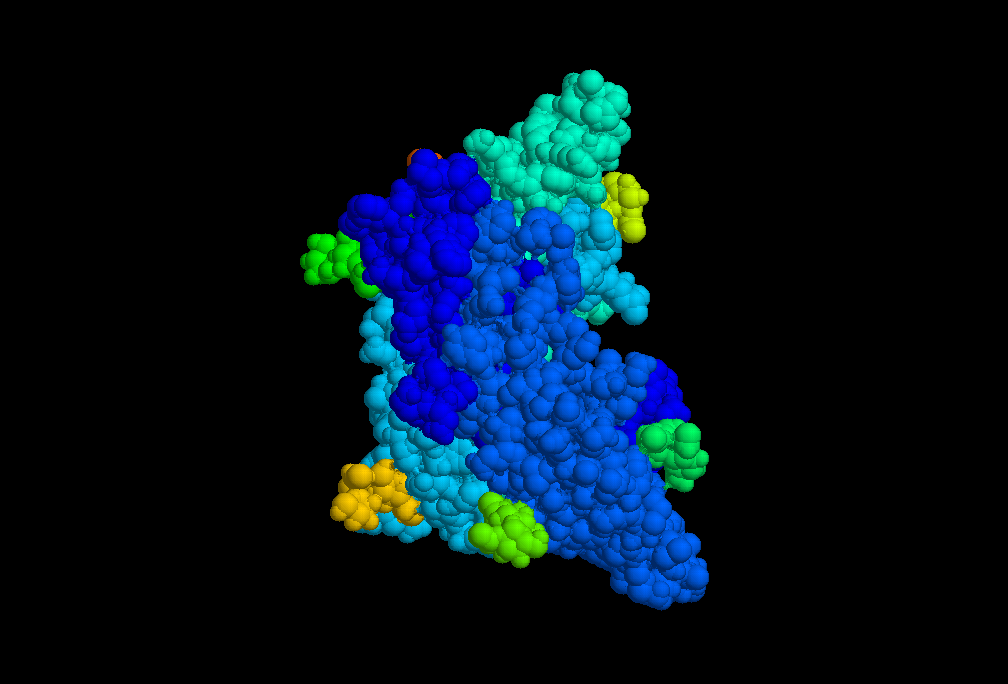Follicle-stimulating hormone: Difference between revisions
No edit summary |
m (Bot: Automated text replacement (-{{SIB}} + & -{{EJ}} + & -{{EH}} + & -{{Editor Join}} + & -{{Editor Help}} +)) |
||
| Line 50: | Line 50: | ||
{{Hormones}} | {{Hormones}} | ||
[[Category:Recombinant proteins]] | [[Category:Recombinant proteins]] | ||
Revision as of 02:48, 9 August 2012
| Follicle stimulating hormone, beta polypeptide | |
|---|---|
 Follicle Stimulating Hormone | |
| Identifiers | |
| Symbol | FSHB |
| Entrez | 2488 |
| HUGO | 3964 |
| OMIM | 136530 |
| RefSeq | NM_000510 |
| UniProt | P01225 |
| Other data | |
| Locus | Chr. 11 p13 |
Editor-In-Chief: C. Michael Gibson, M.S., M.D. [1]
Overview
Follicle stimulating hormone (FSH) is a hormone synthesised and secreted by gonadotropes in the anterior pituitary gland. FSH and LH act synergistically in reproduction:
- In women, in the ovary FSH stimulates the growth of immature Graafian follicles to maturation. As the follicle grows it releases inhibin, which shuts off the FSH production.
- In men, FSH enhances the production of androgen-binding protein by the Sertoli cells of the testes and is critical for spermatogenesis.
Structure
FSH is a glycoprotein. Each monomeric unit is a protein molecule with a sugar attached to it; two of these make the full, functional protein. Its structure is similar to LH, TSH, and hCG. The protein dimer contains 2 polypeptide units, labelled alpha and beta subunits. The alpha subunits of LH, FSH, TSH, and hCG are identical, and contain 92 amino acids. The beta subunits vary. FSH has a beta subunit of 118 amino acids (FSHB) that confers its specific biologic action and is responsible for interaction with the FSH-receptor.The sugar part of the hormone is composed of fucose, galactose, mannose, galactosamine, glucosamine, and sialic acid, the latter being critical for its biologic half-life. The half-life of FSH is 3-4 hours.
Genes
The gene for the alpha subunit is located on chromosome 6p21.1-23. It is expressed in different cell types. The gene for the FSH beta subunit is located on chromosome 11p13 and is expressed in gonadotropes of the pituitary cells, controlled by GnRH, inhibited by inhibin, and enhanced by activin.
Activity
In both males and females, FSH stimulates the maturation of germ cells. In females, FSH initiates follicular growth, specifically affecting granulosa cells. With the concomitant rise in inhibin B FSH levels then decline in the late follicular phase. This seems to be critical in selecting only the most advanced follicle to proceed to ovulation. At the end of the luteal phase, there is a slight rise in FSH that seems to be of importance to start the next ovulatory cycle.
Like its partner, LH, FSH release at the pituitary gland is controlled by pulses of gonadotropin-releasing hormone (GnRH). Those pulses, in turn, are subject to the estrogen feed-back from the gonads.
Disease states
FSH levels are normally low during childhood and, in women, high after menopause.
High FSH levels
High levels of Follicle Stimulating Hormome are indicative of situations where the normal restricting feedback from the gonad is absent, leading to an unrestricted pituitary FSH production. While this is typical in the menopause, it is abnormal in the reproductive years. There it may be a sign of:
- Premature menopause
- Gonadal dysgenesis, Turner syndrome
- Castration
- Swyer syndrome
- Certain forms of CAH
- Testicular failure
Low FSH levels
Diminished secretion of FSH can result in failure of gonadal function (hypogonadism). This condition is typically manifest in males as failure in production of normal numbers of sperm. In females, cessation of reproductive cycles is commonly observed. Conditions with very low FSH secretions are:
- Kallmann syndrome
- Hypothalamic suppression
- Hypopituitarism
- Hyperprolactinemia
- Gonadotropin deficiency
- Gonadal suppression therapy
Availability
FSH is available mixed with LH in the form of Pergonal, and other more purified forms of urinary gonadotropins as well as in a pure forms as recombinant FSH (Gonal F, Follistim). It is used commonly in infertility therapy to stimulate follicular development, notably in IVF therapy.
cs:Folikuly stimulující hormon da:Follikelstimulerende hormon de:Follikelstimulierendes Hormon it:Ormone follicolo-stimolante he:הורמון מגרה זקיק lt:Folikulinas mk:Фоликуло-стимулирачки хормон nl:Follikelstimulerend hormoon no:Follikkelstimulerende hormon sk:Folikulostimulačný hormón sv:Follikelstimulerande hormon